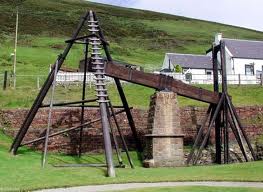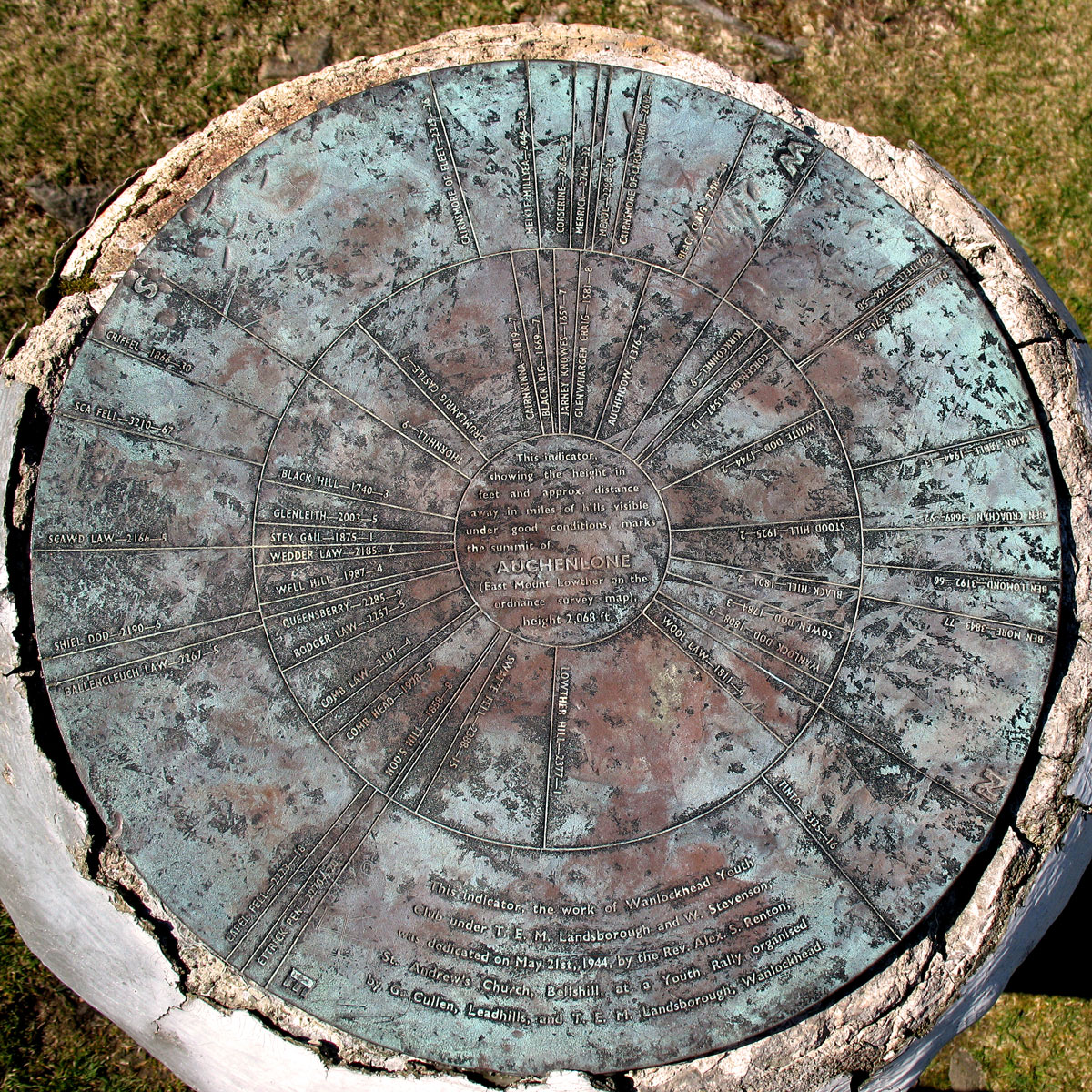
"Working with the Past,
here in the Present
to
preserve for the Future"
Wanlockhead
a Brief History
Wanlockhead is the highest inhabited village in Scotland, lying at an altitude of some 1531ft above sea level in a valley etched into a barren, treeless, heather moorland. The village was uniquely founded in the lead industry and is of great geological interest since it contains the largest, and formerly the most productive lead-zinc deposits in Scotland. Galena and sphalerite were mined here for over 400 years and exploitation only ceased in the 1930's.
Probably first mined by the Romans using the method of Hushing, a process of using water to reveal mineral veins, the earliest recorded evidence is by the Monks of New Battle Abbey in 1292 when they were granted a charter for lead mining, the mines were greatly extended in the 16th century and much alluvial gold was extracted from the stream gravels. By the time mining finally ceased in the 20th century, some 70 lead-zinc veins had been discovered and worked in an area of 5 square miles.
In the past, mining was tough and so was the living conditions, but through that, major engineering feats were achieved. If you visit today you will see the scars remaining from the mining in the village and if you look hard enough some of the major engineering locations. Sadly the village has already lost some of these wonders and the rest are in decline.
We invite you to browse our website to see what restoration work is ongoing to save many of these buildings and structures so you can enjoy the history in a healthy walking environment in the beauty of the Lowther hills.
Coming soon ... Bricks ... Bricks ... and more Bricks... also ... Pics ... Pics ... and More Pics
Wanlock Visions will be assisting ScotWays, a charity who have been improving countryside access throughout Scotland since 1845.
As volunteers, we will be helping with maintenance, signposts, way markers, paths, routes, and any rights of way.
For more information about ScotWays please visit: https://www.scotways.com
Click on a picture for more information
"Due to the nature of our projects we are always on the lookout for any information that could assist us and to make our work more educational to everyone, if you can help with any information, including photographs, plans, maps, donations or any other paraphernalia regarding the area, we would be most appreciative."




















